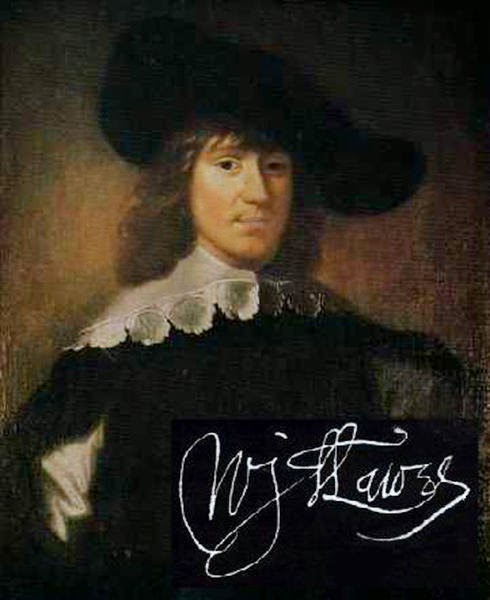Catacoustic’s concert on April 26 will be unlike any other.
 |
| Costello |
 |
| Rore |
Representing the 21st century:
 |
| Bryars |
- Gavin Bryars has studied with John Cage, worked with Brian Eno, been recorded by Tom Waits, and been danced to by Merce Cunningham. His work often uses found sound and improvisation.
- Peter Sculthorpe was from Tasmania and was part Aborigine. He had a strong interest in the cultures of Asia and the South Pacific, in particular the indigenous peoples of Australia – his compositions include a Requiem featuring didgeridoo solo.
 |
| Sculthorpe |
- Mike Edwards experimented with a variety of musical styles as a cellist, including jazz, folk, and his rock and roll years with the Electric Light Orchestra. In the end, though, he found his true love in Baroque music and the viol, founding and performing with the Devon Baroque orchestra.
 |
| Edwards |
- Tan Dun is best known in this country for his film scores for Crouching Tiger, Hidden Dragon and Hero, but this is only a small part of his musical achievement. Others include opera, symphonic music, chamber works, Peking opera, and – his specialty – “organic” music written for paper, water, stones, and other found objects.
 |
| Tan Dun |
- Elvis Costello is one of the most acclaimed singer-songwriters of the last forty years. He is a Grammy winner, member of the Rock and Roll Hall of Fame, and collaborator with a vast range of musicians in almost every imaginable genre: the list might start with George Jones (country), Bill Frisell (jazz), Burt Bacharach (pop), and Paul McCartney (you know), but that would only scratch the surface. He has also composed classical opera and worked with mezzo Anne Sophie von Otter.
The unifying theme of all these composers is the wide range
of their musical interests, their love of exploration, and their rejection of a
single genre as being definitive to their expression. And did I mention that they composed music
for viola da gamba?
Representing the 16th century:
- Alexander Agricola, 1445-1506, was known for his
endless variety and electrifying musical
intensity. While Columbus was sailing for the Indies, Agricola was composing confounding music that some critics called sublime and others called crazy. His music is willful and complex, filled with puzzles and perversions of the accepted practices of his time.
Agricola
- ChristopherTye, 1505-1573, was an enthusiastic composer of consort music. He was known to experiment with eccentric meters, even going so far as using different meters for different parts simultaneously.
- Cipriano de Rore, 1515-1565, was a composer of contradiction. His sacred music was deliberately retro, harkening back to Josquin of 50 years earlier, but his secular music was wildly forward-looking: serious, chromatic, employing an oddly free relationship with his texts.
- Carlo Gesualdo, 1566-1613, was one of the maddest composers of his or any time. Actual mental illness is certainly possible, and Aldous Huxley called his work the “strange products of a Counter-Reformation psychosis working upon a late medieval art form.” But his music presages the shifting tonalities, the chromatic anti-melodies, and a technically difficult yet deeply felt expressiveness that would not re-appear until the late 19th century.
 |
| Gesualdo |
Their unifying principle? They don’t care, they just do what
they want. They did their thing, and if it took 400 years for anyone else to
get it, too bad.
The music is as extraordinary as its creators. Four of the
greatest viol players in the United States today will gather to take it on. And
just to pile it on a little higher, singing will be the great male soprano
Michael Maniaci, another musical outsider who does what he does and waits for
the rest of the world to catch up.
Thank you, audience, for pushing us out of our comfort zone. Join us to discover what's out here.
Sunday, April 26, 2015, 3:00pm
Church of the Redeemer, 2944 Erie Avenue, Cincinnati (Hyde Park), OH 45208
Individual tickets are $25 general, $10 student. Children 12 and under are always free. Tickets are available at the door, in advance by calling 513.772.3242, or at www.catacoustic.com.
Sunday, April 26, 2015, 3:00pm
Church of the Redeemer, 2944 Erie Avenue, Cincinnati (Hyde Park), OH 45208
Individual tickets are $25 general, $10 student. Children 12 and under are always free. Tickets are available at the door, in advance by calling 513.772.3242, or at www.catacoustic.com.









